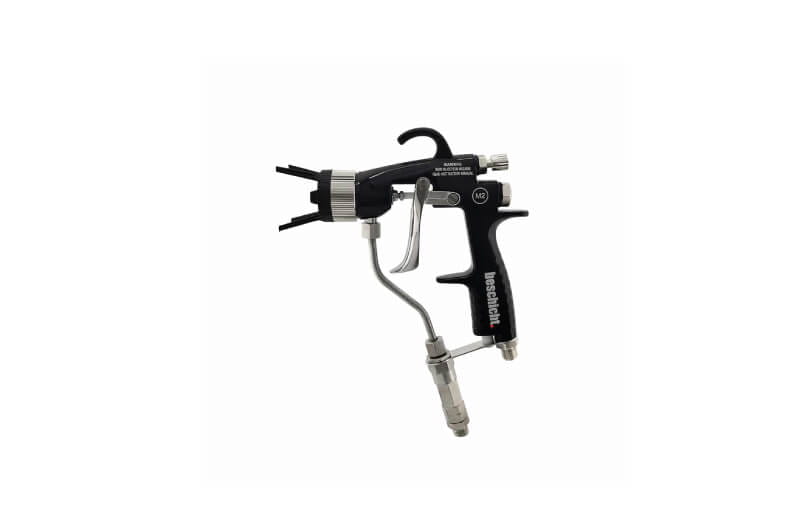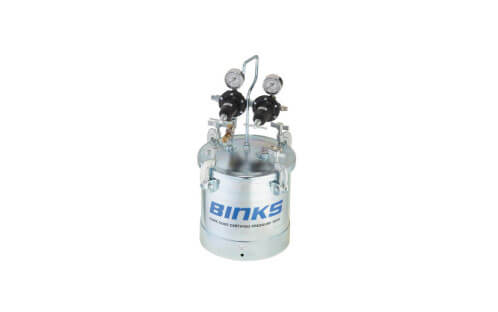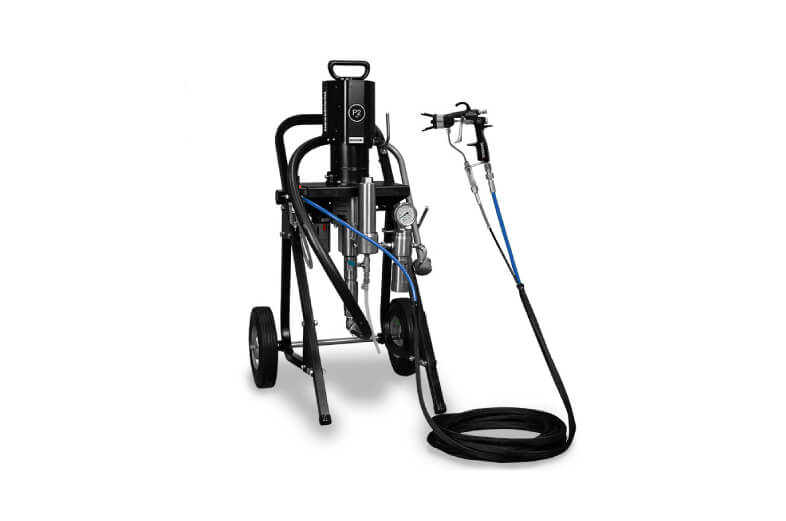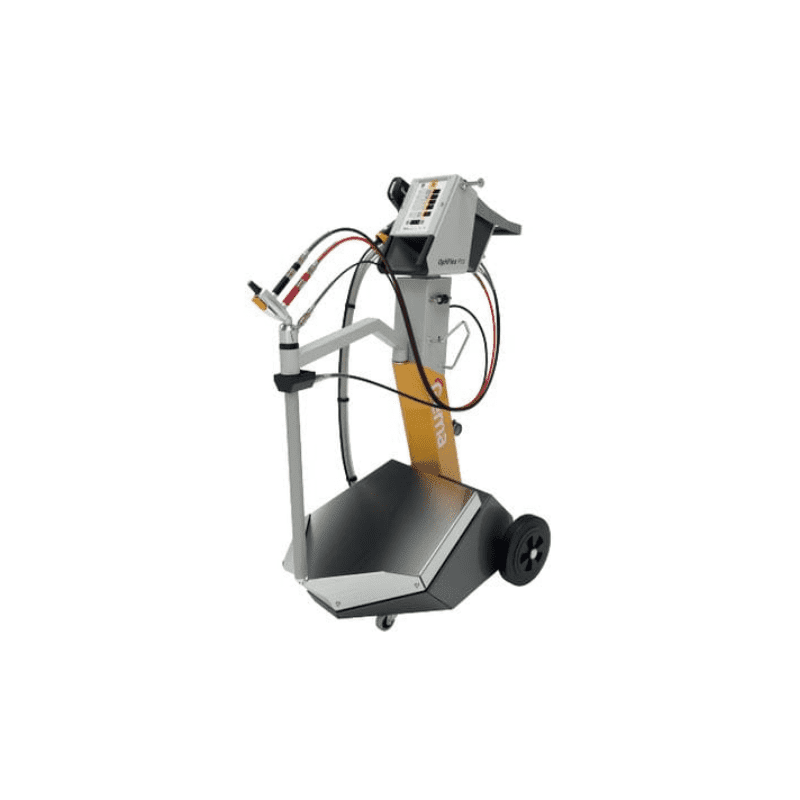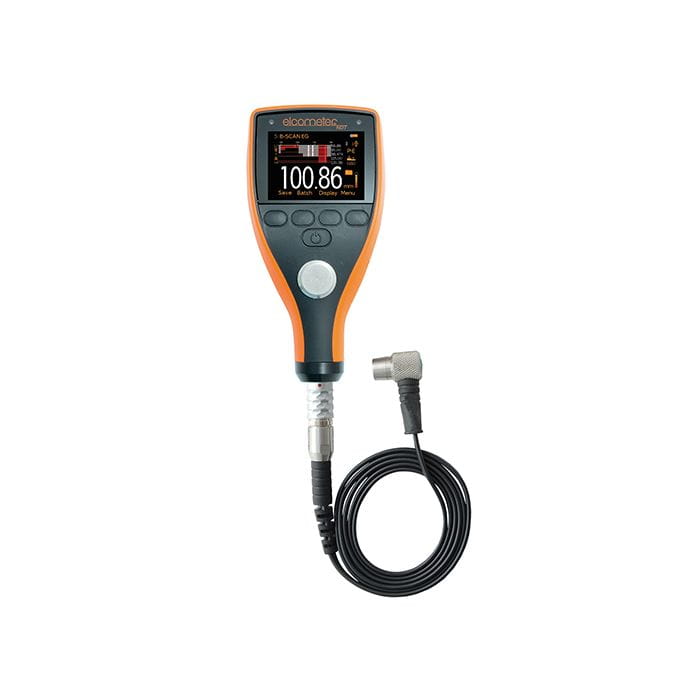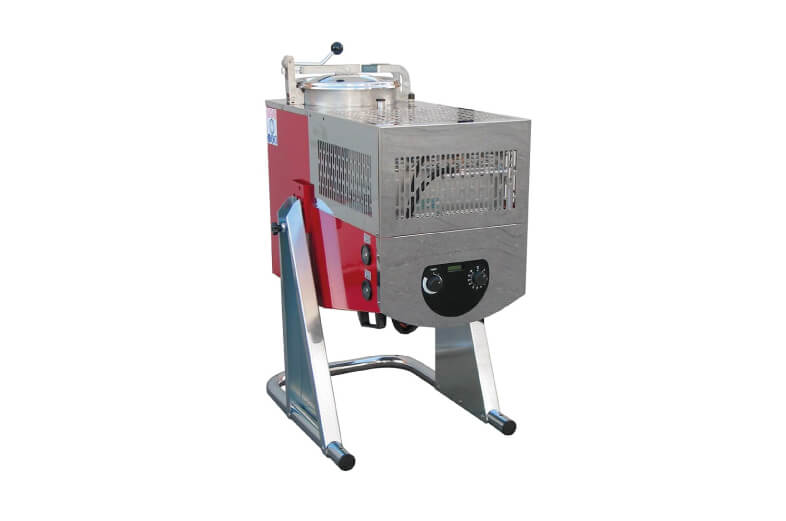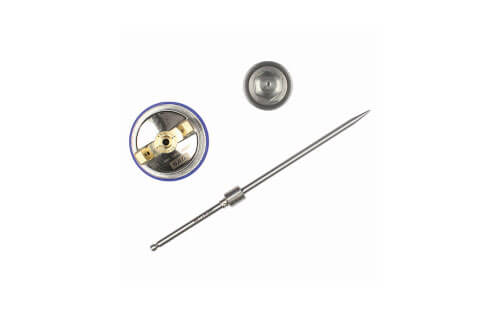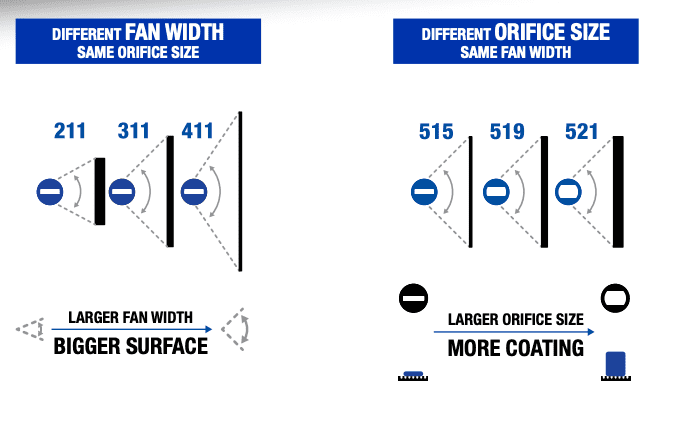Guide to choosing the right airless spray tip
Selecting the right airless spray tip is essential to achieving a professional finish and working efficiently. Here are some steps and considerations to help you choose the right spray tip.
1. Material viscosity
- Light materials (e.g. stains, varnishes, clear coats ): Use smaller nozzle openings (0.009" - 0.013" / 0.23 - 0.33 mm).
- Medium-heavy materials (e.g. oil-based paints, primers, latex ): Use medium nozzle openings (0.015" - 0.019" / 0.38 - 0.48 mm).
- Heavy materials (e.g. block fillers, elastomeric coatings ): Use larger nozzle openings (0.021" - 0.031" / 0.53 - 0.79 mm).
2. Desired finish
- Fine finish: Use smaller nozzles and lower pressure for a smooth and consistent finish.
- Regular Finish: Use medium nozzles for general applications.
- Thick Finish: Use larger nozzles for thicker coatings and larger areas.
3. Project size
- Small projects (e.g. furniture, cabinets ): Use nozzles with a smaller spray width.
- Medium projects (e.g. living spaces, exterior walls ): Use medium-width nozzles.
- Large projects (e.g. industrial areas, large walls ): Use wide fan nozzles.
4. Understanding nozzle sizes
Spray nozzles are identified by a three-digit number (e.g. 515):
- First digit: Half of the spray width in inches. A 5 indicates a 10-inch (approx. 25 cm) wide spray area.
- Last two digits: The size of the nozzle opening in thousandths of an inch. A 15 means a 0.015 inch (approx. 0.38 mm) opening.
Examples of nozzle sizes and their applications:
Fine finish (0.009" - 0.013")
- Applications: Ideal for light materials such as stains, lacquers and clear coats.
- Projects: Furniture finishing, cabinets and other small projects that require a fine finish.
Medium Size (0.015" - 0.019")
- Applications: Suitable for medium materials such as oil-based paints, primers and latex paints.
- Projects: residential painting, exterior trim and light commercial work.
Large Nozzles (0.021" - 0.031")
- Applications: Best for heavy materials such as block fillers, elastomeric and roof coatings.
- Projects: Industrial painting, large areas and projects requiring a thick coating.
Useful tips
- Consult material manufacturer: Always check the recommendations of the material manufacturer to select the correct tip size.
- Regular replacement: Replace worn nozzles in good time to ensure precise spray patterns and maximum productivity.
- Spray pressure: Always start at the lowest pressure and increase it slowly until an even application is achieved.
For more detailed information and specific nozzle characteristics, please consult the following resources:
This guide should help you select the right airless spray tip for your specific needs and achieve the best possible result. If you need further help or have specific questions, I am happy to help!

